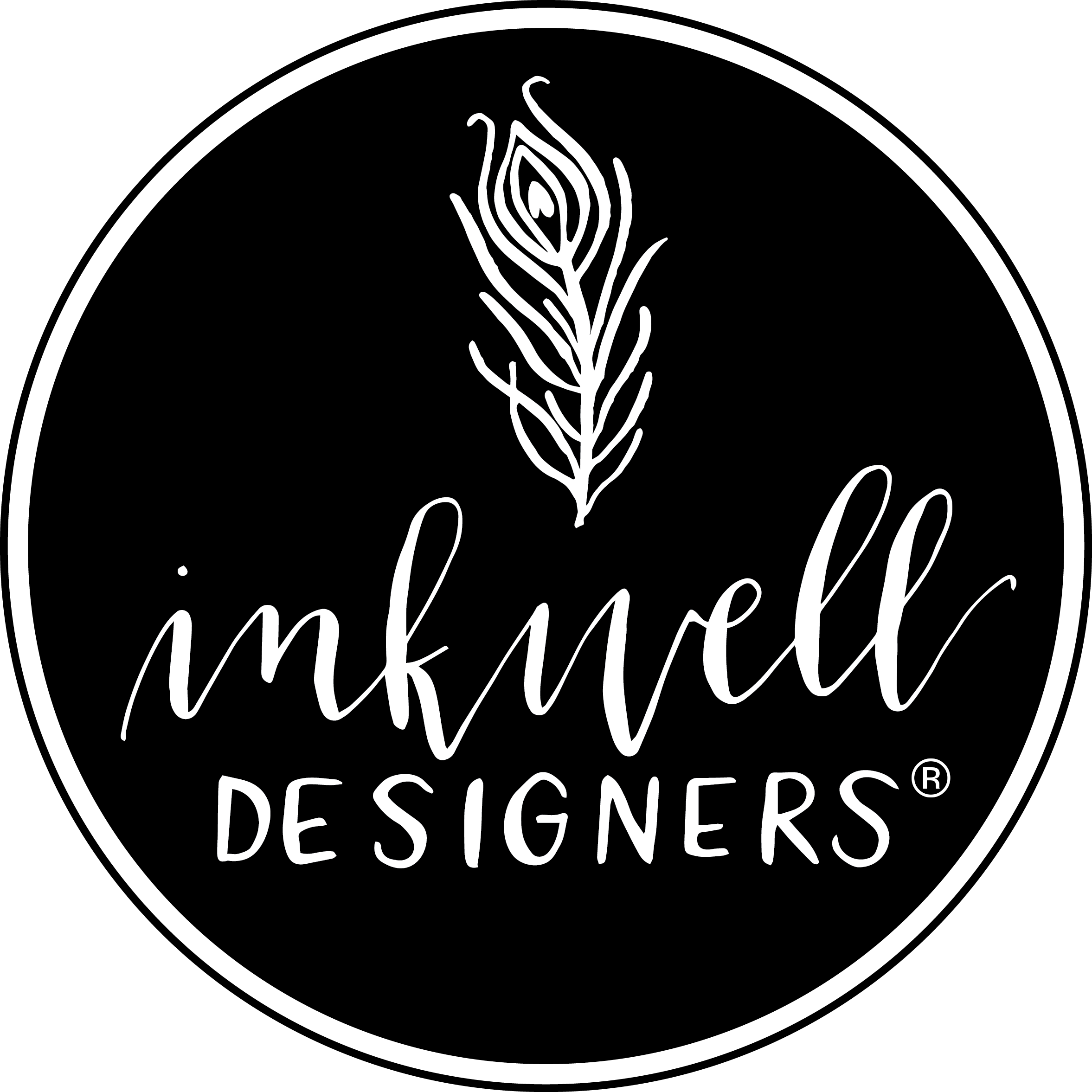
When it comes to personalizing leather items, two popular techniques often come to mind: laser leather engraving and embossing. While both methods can create stunning, custom designs, they are vastly different in their processes, safety, and outcomes.
Leather Engraving
Leather engraving involves using a laser to etch designs directly onto the leather’s surface. This method allows for precise, intricate details and can achieve very fine lines and complex patterns. However, there are significant safety concerns associated with laser engraving leather. Most leather is chemically tanned or chrome tanned, including common types used for Bibles and general goods. The worst is PU or “pleather” which is made of non-laserable plastic. These items all contain chemicals and dyes such as bleach that can produce toxic gases when exposed to the intense heat of a laser. These toxic gases are harmful to both the engraver, the machine, the recipient and the environment, making this method less desirable for those who prioritize safety. Also these items can melt or burn unevenly under a laser leaving your item ruined and the writing burned beyond recognition. The only time leather engraving is safe is if the material is vegetable tanned which is a natural process of tanning and finishing leather. Our company will only laser engrave leather that is tested and proved as vegetable tanned.

Leather Embossing
In contrast, leather embossing is a safer and more traditional technique. This method involves using heat and pressure with a stamp or die to create a raised or recessed design on the leather’s surface. Since no harmful gases are released, embossing is a much safer process. Additionally, embossing can create a more durable and long-lasting impression, as the design becomes an integral part of the leather material. The leather is not burned or scorched using this method which is much safer than laser engraving. Most of our bibles and leather promotional materials are decorated using this method. We can add gold, silver or any color foil but you are limited to creating a logo die which can be very expensive. Fonts are also limited on bibles this way.

Cold Embossing
In addition to engraving and heat embossing, we also offer a cold embossing method which uses no heat, is price competitive and looks beautiful. This method was invented our CEO, Desiree Colonna. This decoration technique is what we use to monogram leather items for events for companies like PricewaterhouseCoopers, Marriott, Workday and many more worldwide.

UV Printing
Another option is uv printing directly onto the leather with a uv printer. The ink is non-toxic, eco-friendly and you can choose over 1,000 fonts and colors with this method. It lasts forever because it’s bonded to the leather with a uv light during the process. It’s also cost-effective. We can print logos, names, monograms, photos, you name it with this technique.

Choosing the Right Method
When deciding between leather engraving and embossing, uv printing or cold embossing, it’s essential to consider the type of design, the material of the leather, and the importance of safety. For highly detailed and intricate patterns, engraving might seem appealing, but the associated health risks cannot be ignored. On the other hand, embossing offers a timeless and elegant result without the hazards of toxic fumes, making it a preferable choice for most leather projects.
In conclusion, while both engraving and embossing have their merits, embossing stands out as the safer, more environmentally friendly option. Whether you’re customizing a Bible cover, a wallet, or any other leather item, opting for embossing ensures a beautiful, durable design without compromising safety.
